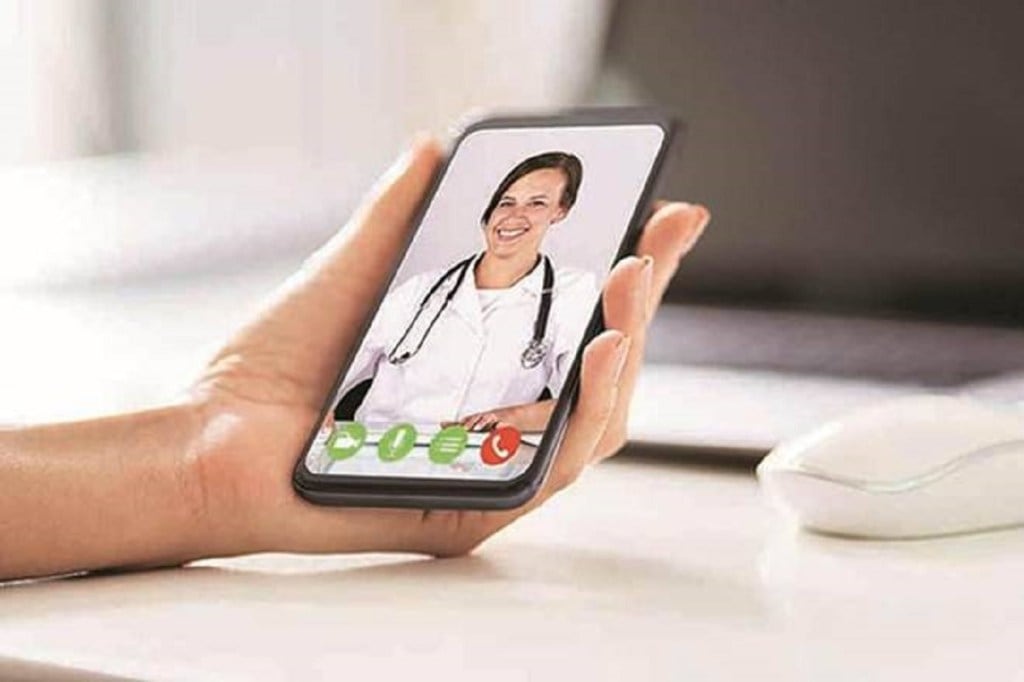By Shravan Subramanyam
A remote town in the district of Tumkur in Karnataka experienced a deluge of snake bites and severe poisoning cases. The patients required immediate medical care and focused treatment, but the hospital in the town was despairingly short-staffed and under-equipped to handle them. The nearest super-speciality hospital was located more than 65km away in Bengaluru. Despite the existing odds, the constant flow of new cases saw a heartening surge in survival rates among those affected.
A lone anaesthetist serving as an intensivist at the local hospital, a team of doctors sitting kilometres away and a digital solution changed the otherwise fatal outcomes. This tele-ICU example underlines the immense possibilities that can be explored when digital solutions bridge medical gaps. However, healthcare is in dire need of attention when it comes to access and affordability of quality healthcare.
At the outset, it is fair to note that India’s current healthcare infrastructure is insufficient to cover every demographic, and this has been exposed more so since the onset of the pandemic.
Accessibility: Notwithstanding the government’s thrust towards increased healthcare infrastructure and expertise, the reach is mostly limited to the urban and semi-urban demographic. A study by IMS Institute for Healthcare Informatics a few years back pointed to the fact that urban residents, who form only ~30% of India’s population, get the lion’s share when it comes to access to hospital beds. In comparison, the remaining ~70% rural population is left with one-third hospitals beds.
Shortage of skilled workforce: A 2016 WHO study revealed that for one healthcare worker serving a rural population, there were 45 of them serving an urban populace. Care areas and the increased burden: According to UNICEF, India accounts for one-sixth of the world’s childbirths, but one newborn dies every minute. Another alarming report by the WHO mentions that one in 10 Indians will develop cancer during their lifetime. There is also a considerable increase in incidences of cardiovascular and stroke. A robust and comprehensive access to infrastructure and skilled healthcare providers, in the private and public sector, is the need of the hour.
A strong healthcare system is non-negotiable in a country’s growth journey, from developing to a developed nation.
Government healthcare programs such as Ayushman Bharat and National Health Stack to ensure Universal Healthcare Coverage (UHC) and the Rashtriya Swasthya Suraksha Yojana Insurance schemes are progressive initiatives to democratise healthcare. The 2018 budget aimed for 10 crore ‘Below Poverty Line’ (BPL) families to be covered under these schemes, and many received medical relief during the pandemic.
In Assam, the National Health Mission, in collaboration with the state’s department of health and family welfare, now provides free diagnostic CT Scan services for the people of Assam. Wipro GE Healthcare was the medical technology provider for this project, which is India’s first statewide public-private partnership. The scheme delivered over 4 lakh scans in the first 30 months providing timely diagnosis to patients in remote areas. A mutually beneficial model, PPP propels UHC’s business objectives helping scale up healthcare facilities.
Digital tools and technologies are proving to be crucial differentiators for timely interventions in disease prevention; helping predict symptoms, catch illnesses early and effect better treatment protocols. We believe in doing this in conjunction with the brainpower of the start-up ecosystem through the India EdisonTM Accelerator programme. The programme successfully graduated the first cohort of five start-ups, who are making impactful strides in the healthcare sector.
Despite the disruption by the pandemic, digital innovation has ensured minimal downtime with continuously operational critical care equipment, 24/7 services support, alternate manufacturing lines etc. For example, GE’s Mural, a virtual care solution that integrates data from multiple systems to provide real-time patient status, has been made available on the cloud for reliable patient management during the pandemic.
President & CEO, GE Healthcare, South Asia and MD, WIPRO GE Healthcare. Views are personal

